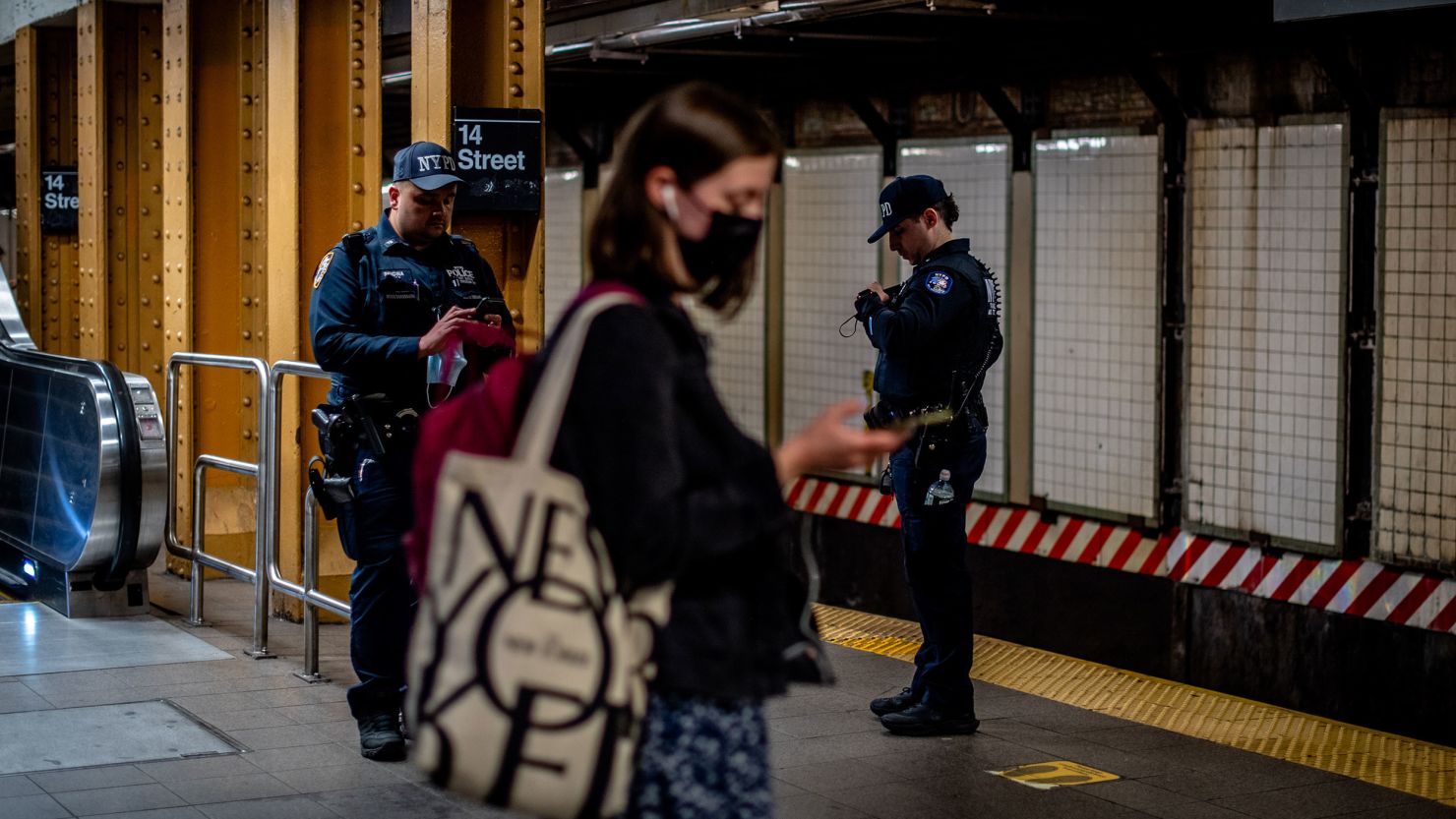NEW YORK – It’s a sweltering spring day in New York City, but Dana Aber stands on the Times Square-42 Street subway platform in a heavy leather jacket. Her hands are gloved and stuffed in her pockets to hide her jewelry. Although she tries to look relaxed, her senses are on high alert.
“I thought maybe it would be just a little bit better protection than a thin coat, in case I got shot,” said Aber, a theater actor and writer from Manhattan.
Choosing an outfit based on the likelihood of being shot sounds like a dystopian nightmare, but it’s reality for many New Yorkers who feel helpless and afraid amid a surging crime wave. A mass shooting at a Brooklyn subway station in April underscored their fears.
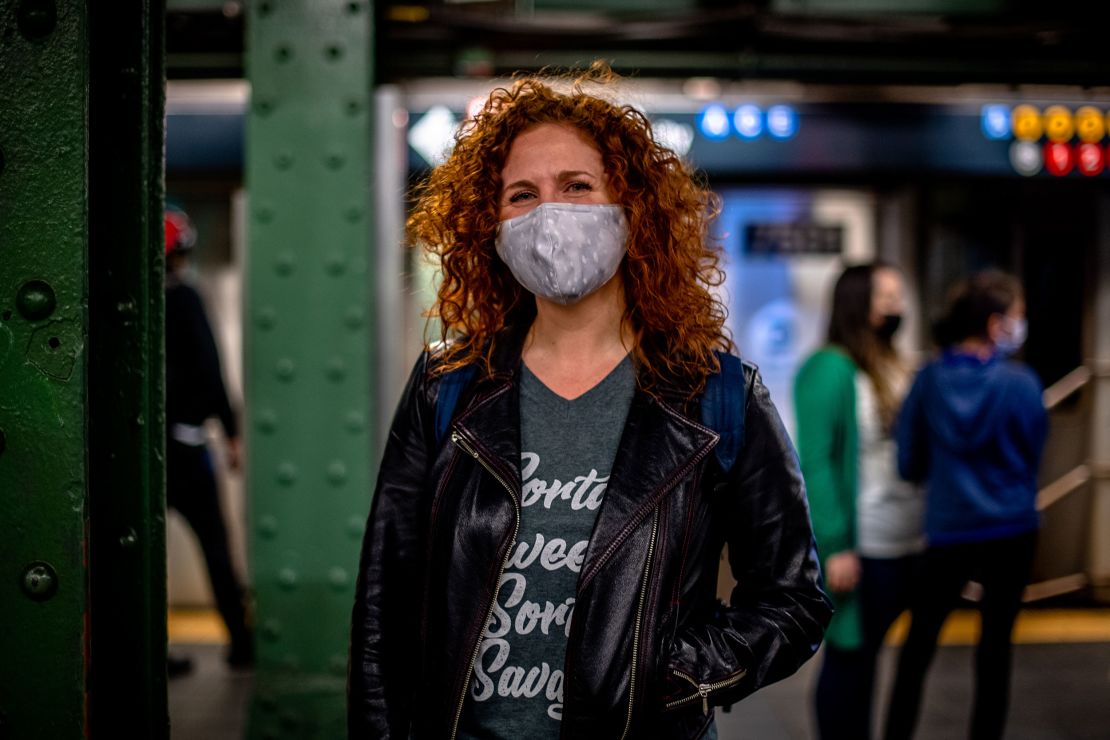
The city has recorded a 42.7% increase in major crimes this year through April 24 compared to the same period in 2021, according to statistics released by the New York Police Department. That includes a 46.7% increase in robberies, a 54% spike in grand larceny incidents and a 14.9% jump in rape reports. Murder rates have decreased 13.1% over last year, but they are still up 9.2% over the last two years.
For New Yorkers like Aber, the fear of ending up another crime statistic has cast a shadow over their city.
“It’s becoming more and more of a mental issue for us, constantly worrying about being safe,” said Pilar Weston, a 53-year-old Harlem resident. “What will happen to me if I take the train? Or if I walk on the wrong street? Or when I take a ride on my bike?”
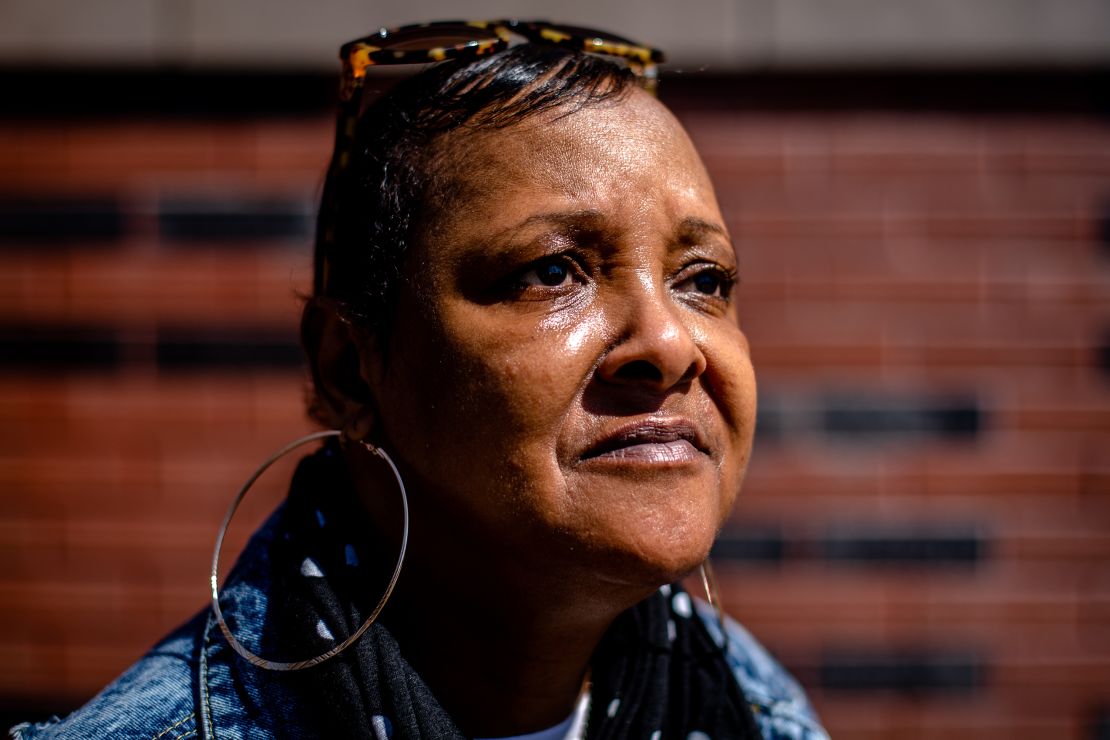
“It’s a horrible way to live,” she said.
Harlem has been Weston’s home for decades, but it’s starting to feel a lot less safe, she says. She tries to skip taking the train when she can. She chooses her route home carefully. She avoids certain streets at different hours, and is “always, always” ready to run.
‘New Yorkers deserve better’
After three decades of historic lows, crime rates across New York City began to tick up in 2020.
Officials have blamed the rise on a mix of factors, including changes to the justice system – such as New York’s new bail reform legislation – and a flood of illegally trafficked guns, which gun advocacy groups and criminologists say was fueled by the uncertainty of the coronavirus pandemic.
Economic and social hardships brought on by the pandemic played a role in the increase in crime, with the number of people experiencing homelessness since the beginning of the pandemic increasing “substantially,” according to Mayor Eric Adams.
In January, Adams announced a comprehensive plan to combat the crime wave. It includes an increase in officers on patrol, especially during warm months when crime increases; additional resources for the city’s existing gun seizure unit; new technology to stop the influx of guns; and job creation for at-risk residents. It also revives a controversial plainclothes unit on the police force rebranded as “Neighborhood Safety Teams.”
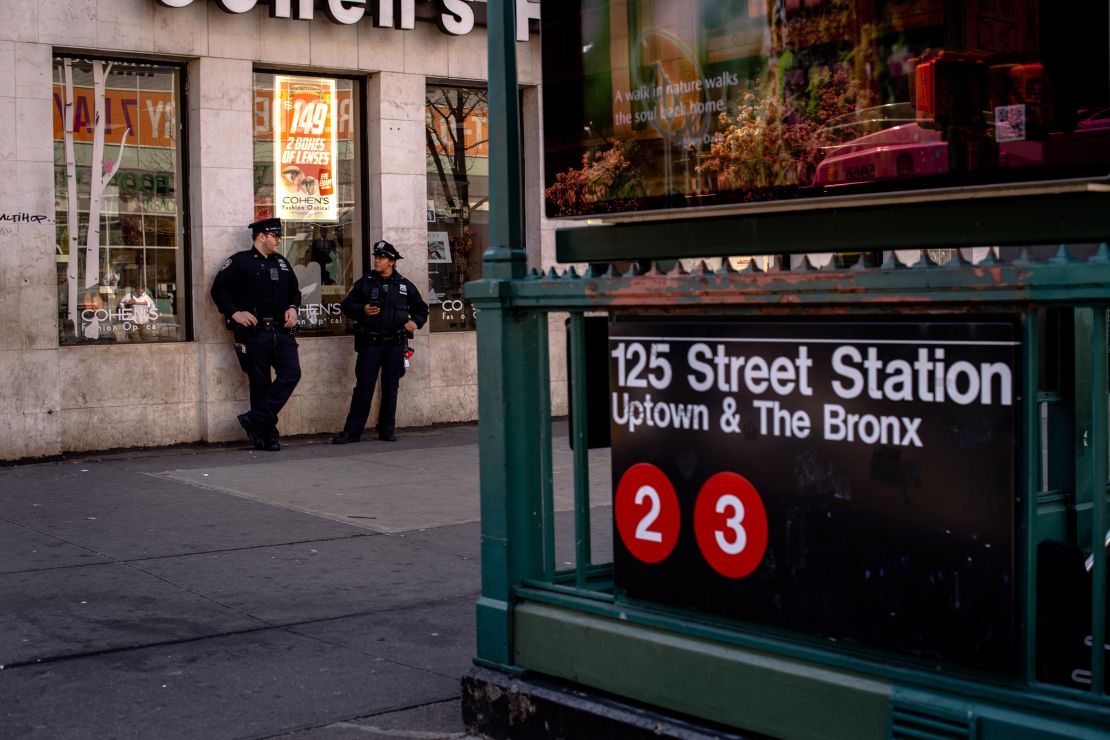
Police Commissioner Keechant L. Sewell vouched for the plan, saying the NYPD was committed to tackling crime head on.
“The men and women of the New York City Police Department are proactively addressing the deep-rooted causes of criminal behavior,” Sewell said in a statement at the time. “The NYPD will never relent, and the department has made far too much progress over the decades – and invested far too much in the communities it serves – to fall back by any measure. New Yorkers deserve better.”
The plan couldn’t come soon enough, according to Margaux Paras. Like many Asian Americans in the city, she lives with the additional concern of hate crimes.
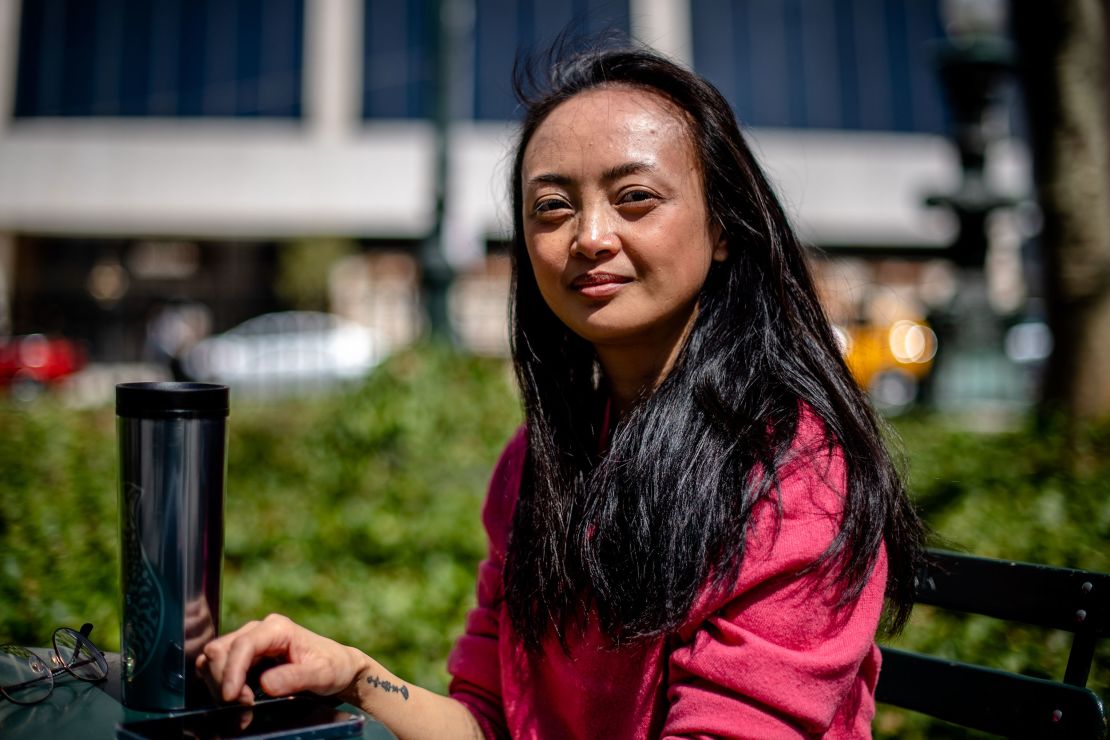
“I live with constant fear and anxiety that I am going to be someone’s next target,” Paras, 35, said. “I am always on the verge of a panic attack when I’m on the trains or even walking during the day. It’s not safe for us.”
Hate crimes in New York City have increased 76% so far this year compared to the same period last year, according to data from the NYPD’s Hate Crimes Task Force.
Asian Americans have especially been targeted, usually due to misplaced blame for the pandemic.
Paras lives in New Jersey but travels to the city to attend school. She has no choice but to continue her usual routine, but the stress is overwhelming, she says. Sitting on a bench in Bryant Park, Paras recounted horror stories she’s heard from family and friends, including one who, she says, was randomly punched in the chest while walking through a park.

Patrick Curley, 70, a lifelong New Yorker who lives on the Lower East Side, also welcomes the mayor’s plan, and says he’s confident the NYPD will restore public safety.
“I trust our police officers to keep us safe,” Curley said.
Curley, who lived through the city’s heyday of crime in the 1980s, pointed at the walls of the Times Square-42 Street subway station, noting how they were once covered in graffiti and the platform trashed.
“This is nothing like the 70s or 80s,” he said. “Crime levels here dip down and go back up, but it’s still no comparison. To someone new to New York City it feels like things are going downhill, but New York always comes back.”
The city saw 1,814 murders in 1980, the year the New York Times called the “worst year of crime in city history.” That assessment was eclipsed at the peak of the crack cocaine epidemic in 1990, when the Times reported that New York City had recorded 2,245 homicides.
‘More policing is not the answer’
Other New Yorkers, like Rasheed Blain, worry about rising crime but cast doubt on the mayor’s plan. He says the focus on increased policing is misplaced and could backfire.
As a violence interrupter for NYC Cure Violence, the city’s crime prevention program, Blain, 23, walks through Harlem speaking with at-risk youth to deescalate conflicts and inspire them to find paths other than crime.
He says his experience has shown him there are more effective ways of combating crime than policing.
“More policing is not the answer,” said Blain, who lives in the Bronx. “Our communities’ police do not communicate well with the people and vice versa. There’s a trust issue thing going on and we feel that we aren’t safe around them.”
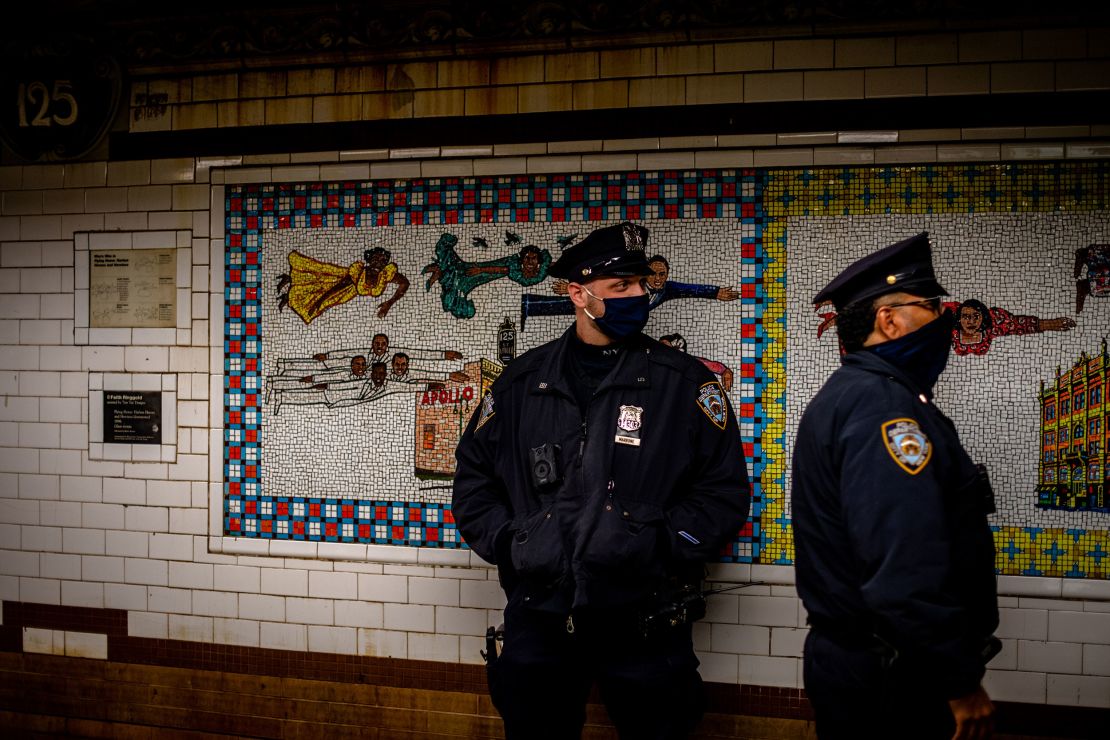
He fears that more policing could alienate and even have an adverse effect on communities of color.
“Violence behaves like a contagious disease epidemic,” Blain said. “If we want to fix the uptick in violence, we have to start with poverty, the root of all violence, and fix the lack of resources for the youth, as well as mental health.”
Carmen Perez-Jordan, CEO of the nonprofit The Gathering for Justice, agrees. The organization’s mission is “to eliminate the racial inequities that permeate the justice system,” according to their website.
Having lived in the city for 12 years, Perez-Jordan, 45, says she’s familiar with what over-policing Black and Latino neighborhoods can do. She’s particularly concerned with the reintroduction of plain clothes officers, who in the past have been accused of violating the rights of minorities with controversial tactics like stop-and-frisk searches. These searches, in which police stopped and frisked people they considered suspicious, disproportionately targeted Black and Latino men.
“When violent crime rises, it is usually our low-income Black and brown communities that suffer the most, and I would expect what’s happening now to follow that trend,” Perez-Jordan said.
She believes the mayor’s plan does little to address underlying factors that have contributed to the crime spike.
“What I see isn’t just crime, it’s a gigantic red flag that something deeper is happening in these communities and in these people’s lives,” she said.
“We really need to ask ourselves, what compels someone to steal from stores, use drugs in public places, or pick up a weapon and harm someone? What does a person have to go through in order for them to think that those things are okay?” she said.
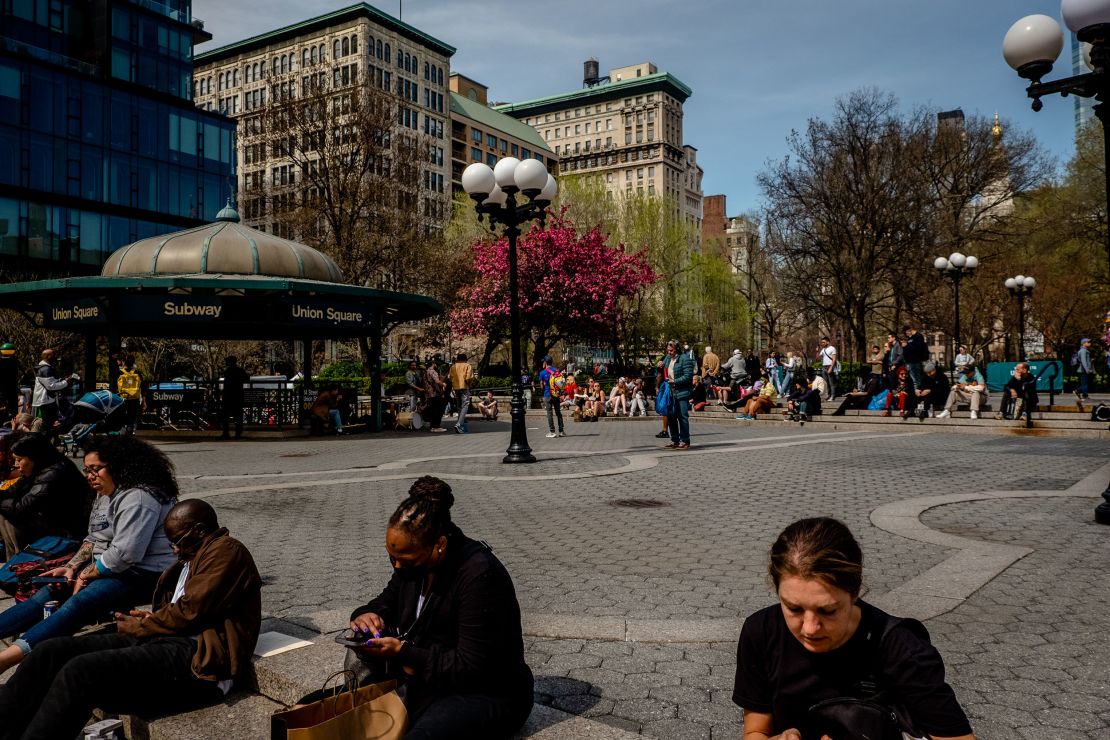
Standing on the edge of a sun-drenched avenue by Central Park, Perez-Jordan admits the issue hits closer to home than most can imagine. In the past year, she has lost loved ones due to the increase in violent crime, as well as drug overdoses and Covid-19.
“A gallon of milk costs $4.62. Rents keep rising unsustainably,” Perez-Jordan said. “Mental health diagnosis have increased, homelessness has skyrocketed, and overdoses and fentanyl deaths have ravaged poor communities. All of this while almost 1 million Americans died from a virus that has claimed the lives of over 6 million worldwide during the last two years of a global lockdown.”
“I think it’s safe to say that we should have seen this coming. People are hurting, people are desperate, and those who have experienced this for their entire lives are fed up,” she said.
What New York needs the most, according to Perez-Jordan, are interventions that “actually produce community safety,” such as mental health services, substance abuse counseling, housing programs and more social workers.
‘I should feel safe at home’
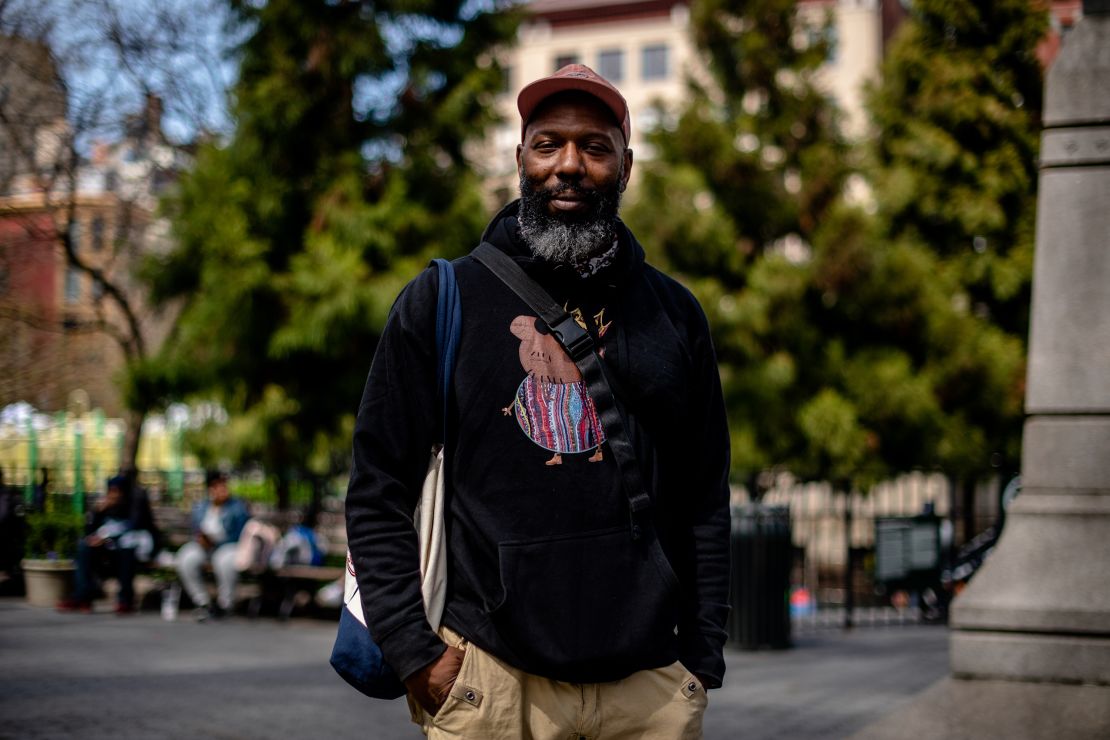
Ty Sumter looks back on the “old days” fondly. He smiles, enthusiastically listing everything he used to do in New York when he felt safe walking alone and taking the train home at night.
Peaceful routines have become a memory of the past, he says, and a day that goes by without incident is a blessing he doesn’t take for granted.
“For someone traveling late nights and early mornings, I’ve seen a lot of scary things. But it’s an everyday thing now,” Sumter said. “As someone who grew up here in the 90s, we had to walk together. We didn’t let our friends take the trains alone. We’re back in those days.”
Sumter, 47, a manager at a Trader Joe’s near Union Square, is walking home from work. Despite the blue sky and cheerful buzz of families playing in the nearby park, he’s not tempted to linger.
“I love New York more than anything. It’s like finding the entire world in just one place,” Sumter said. “But these crime levels, it makes me not want to do anything anymore. Even in this beautiful weather, I want to walk around but for what? I don’t feel safe. There’s a police station right here, and I still don’t feel safe. I just want to get home.”
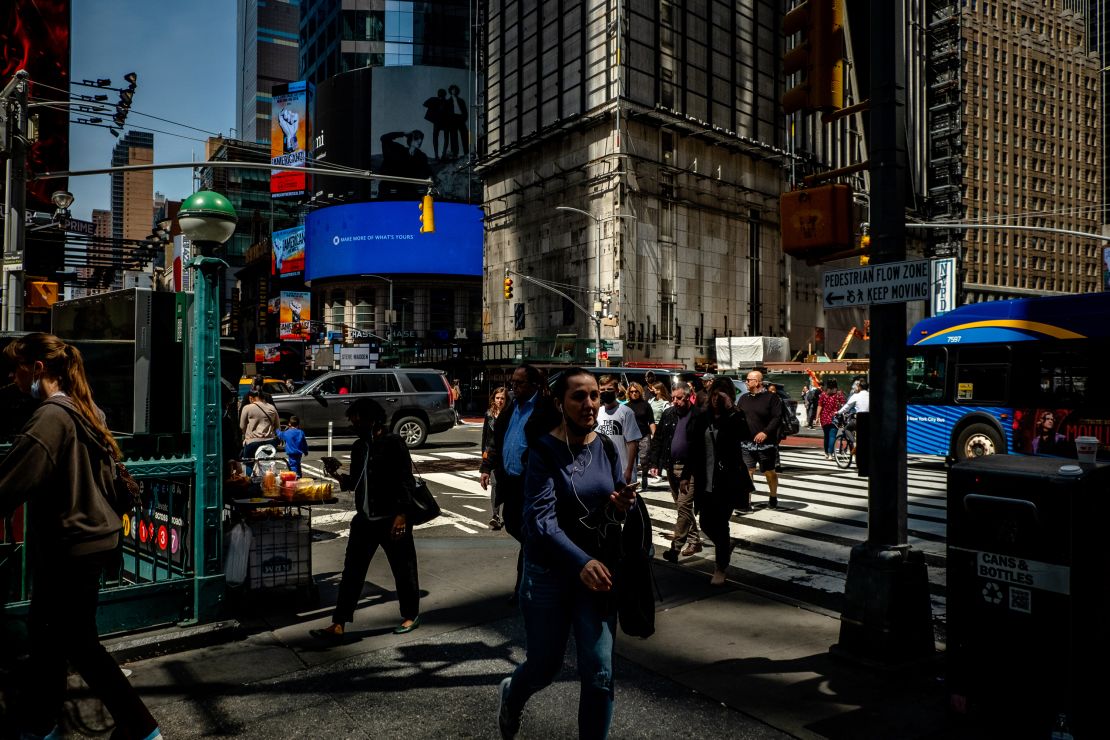
Weston shares similar thoughts as she stands outside of a CVS store by the 125th Street subway station in Harlem. She just finished speaking with a friend whose car was broken into yet again.
It’s “truly heartbreaking,” she said about the crime surge.
“To have to walk through the neighborhood you grew up in, in your own home, constantly looking over your shoulder all the time and everywhere you go – it bothers you a lot doing that in the place you come from,” she said, pointing to her heart.
“It’s home,” she said. “I should feel safe at home.”
CNN’s Kiely Westhoff cotributed to this report.
